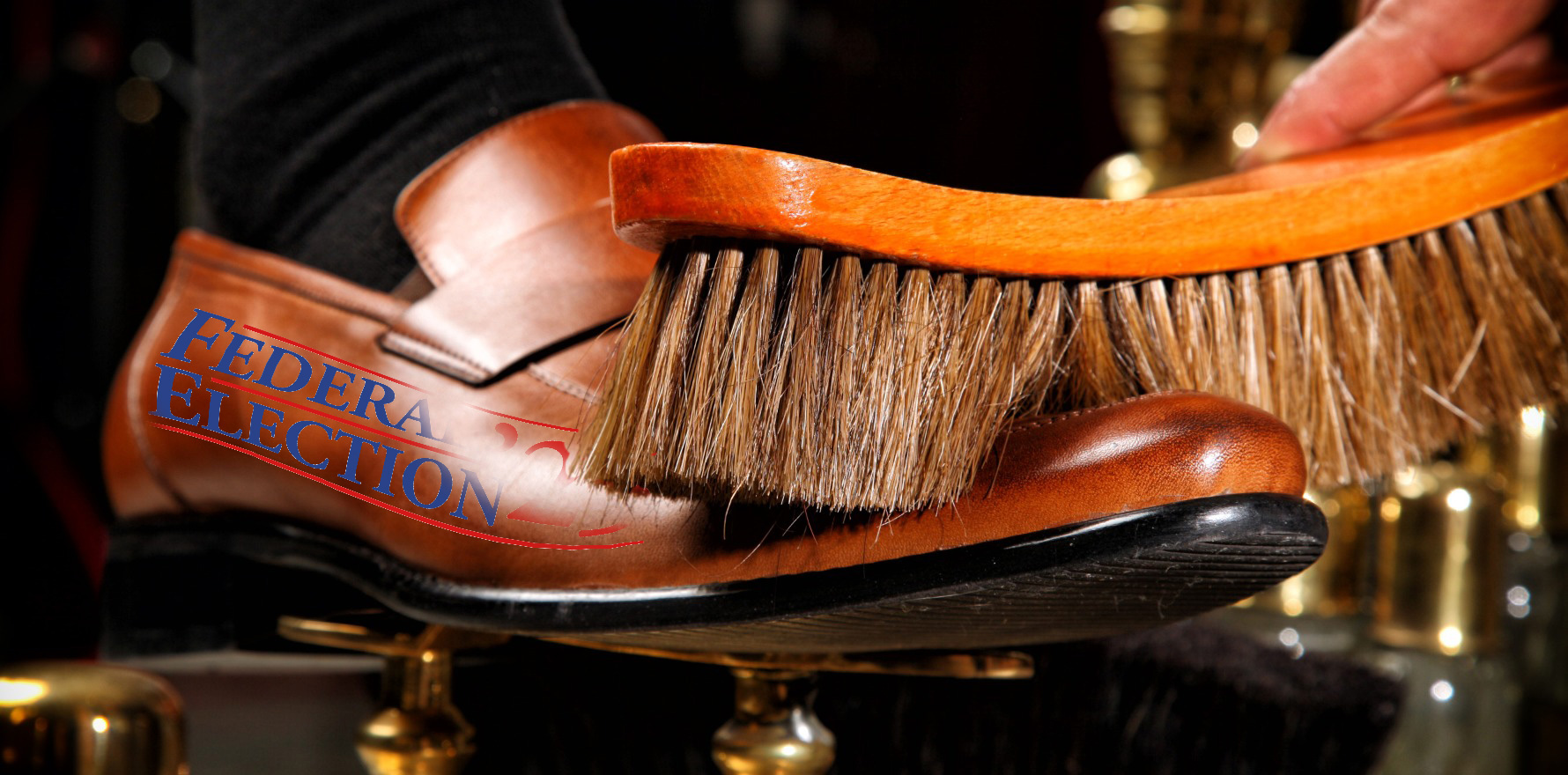Make longer consults, mental healthcare and women’s healthcare more affordable, the college says, and bulk billing will bounce back to pre-pandemic highs – but only for some.
The RACGP hasn’t given up on the bulk billing dream just yet, launching a plan that it hopes will see the national bulk billing rate increase to 85% “for those who need it most”.
According to the college’s official platform for the 2025 federal election, which RACGP president Dr Michael Wright took to Canberra this week, there is a way for the next government to create millions of extra bulk billed appointments each year, get the bulk billing rate back to pre-pandemic levels and halve out-of-pocket costs for privately billed patients.
But while the goal might be boosting bulk billing, Dr Wright emphasised that the college was not trying to tell GPs what to do.
“None of this is about changing people’s billing practices,” he told The Medical Republic.
“What this is, is trying to explain to the government what the impact of increasing rebates will be.
“I know our GPs get concerned about being told what they can and can’t do, and that’s not the intent of any of this.”
As foreshadowed in January, the campaign centrepiece is an ask for a 40% lift to Medicare rebates for Level C and D consults, a project that could cost up to $1.07 billion per annum.
The current rebate for an appointment lasting at least 20 minutes – aka Level C – is $82.90; the 40% increase would bring it up to $116.06,
Level D consults, which last at least 40 minutes, are currently rebated at $122.1. Under the RACGP’s proposal, it would go to $170.94.
By the RACGP’s maths, this proposal alone would create 2.6 million more GP appointments, save Australians $215.7m per year and “get the bulk billing rate back to 85% for those who need it most”.
The college did not define which population this statement referred to, but did say that people with complex and chronic health issues often had to book longer appointments.
According to the latest bulk billing statistics, Level C and D consults are bulk billed about 75% of the time and make up around 11% of services.
Patients currently pay about $60 out of pocket for a Level C consult and $108 out of pocket for a Level D consult.
“Everyone will still have their own billing practices, but what we’ve done with this evidence is show people the impact of this increased investment in Medicare rebates and how it will help Australians,” Dr Wright said.
“Looking at the impacts on reducing out of pocket costs, we know that by the measures in this plan will actually save around half a billion dollars by reducing the number of people who end up in hospitals and emergency departments.
“That’s another important message we’re trying to say to government: investing in general practice is the most efficient investment that you can make in the health system.”
Related
The average GP appointment goes for around 19 minutes and falls under a Level B consult, which would remain unchanged at $42.85.
GP non-referred attendance rates as a whole have not surpassed 80% since the 2022-23 financial year, at the tail end of the covid-19 vaccine rollout.
Perhaps even more radical, though, is the college’s proposal to link 365 Commonwealth-supported medical school places per year to the ability of each individual university to produce junior doctors specialising in general practice.
Rather than the students making an agreement with the government, a là the rural bonded scheme, the agreement would be between universities and the government.
“While incentives and funding will help increase the number of GPs, universities must also ensure more medical students specialise in general practice,” the RACGP said.
“Just increasing the number of Commonwealth Supported Places for medical students to study at university does not address this issue.
“CSP funding must be contingent on individual universities successfully encouraging more junior doctors to specialise in general practice.”
Dr Wright said the scheme would act as an incentive for universities, rather than a punishment.
“Some universities are doing a much better job at training more GPs and giving them exposure during their education … and they’re getting more graduates choosing general practice as a career,” he said.
“And what we want to do is support them … in terms of Commonwealth Supported Places.”
Other recommendations from the RACGP were to introduce a 25% increase to Medicare rebates for GP mental health items, which could cost up to $111.5m per annum, and extending the tripled bulk billing incentive to all people aged 34 or younger, which could cost up to $557.8m per annum.
The college also asked to increase the rebate for IUD insertion or removal to $222.65 and to expand MBS health assessment items to include female-specific conditions like endometriosis, pelvic pain, polycystic ovary syndrome and perimenopause.
These asks have been partially addressed by the current government, which announced a $500m women’s health funding package over the weekend.
In terms of shoring up the GP workforce, the RACGP called for the Commonwealth to put $74.2m per year toward one-off incentive payments for GP registrars in their first training term, as well as for parental and study leave thereafter.
Some of the more minor pre-election asks, which came in at $5m or less per year, included funding for a national program making it easier for rural and remote practices to attract locum doctors, a national practice-based research network, a project to prevent racism in healthcare and harmonising drugs and poisons legislation.
At time of writing, no date has been set for the 2025 federal election.





